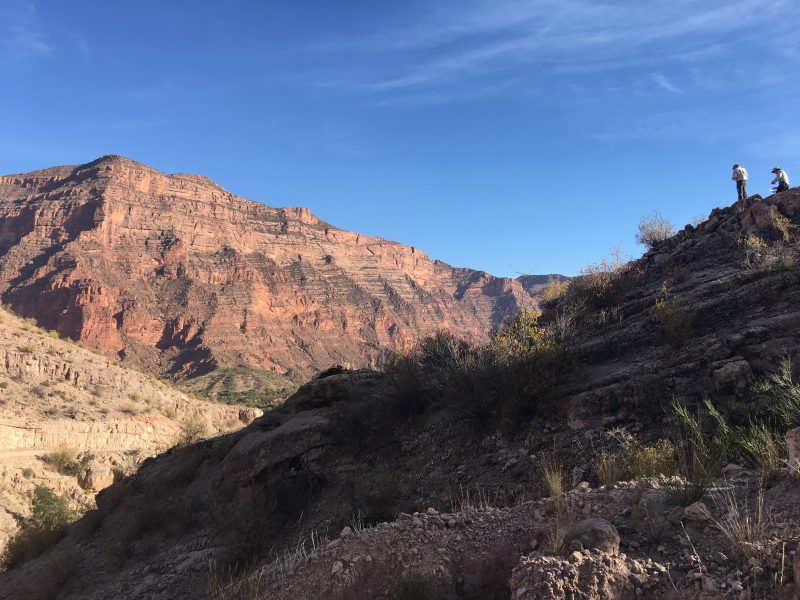Explaining the Andes
December 5, 2022

Making sense of the Andes mountains is a longstanding problem in geology.
Based on the mountains’ shared geologic history, one would expect the Andes to be simple, with a consistent and uniform topography and geologic record throughout the span of its 8,000-kilometer range.
But the reality is that the Andes are far from simple. The mountain belt narrows and widens as it curves along the west coast of South America. Although geoscientists agree that the nearby subduction zone is a major driving factor, there’s debate about whether it’s the subducting plate or overriding plate that’s in the driver’s seat.
According to a study published in September 2022 in Geology, three major geologic phenomena — flat slab subduction, ridge subduction and tectonic inheritance — are connected to the geologic variations along the length of the Andes. It suggests that factors related to both plates might be at play.
“There’s been a difference of opinion on what the drivers are, what’s controlling the extent of mountain building and the width of the zone of deformation,” said lead author Brian Horton, a professor in the Jackson School of Geosciences. “Wha our work demonstrates is that there are multiple answers.” Horton co-authored the study with Jackson School alumni Tomas Capaldi and Nicholas Perez. Capaldi is now an assistant professor at the University of Nevada, Las Vegas. Perez is an associate professor at Texas A&M University.
Using GIS software, the researchers quantified the distances among the three geologic phenomena and key topographic elements of the Andean mountain belt. They found that flat slab subduction and ridge subduction were associated with widening. Inherited tectonic features — including notable structures and contrasting sedimentary thicknesses on the overriding South American plate — were associated with both widening and narrowing.
Although the study simply identified spatial connections, the researchers said this is the first step to more in-depth investigations.
Back to the Newsletter